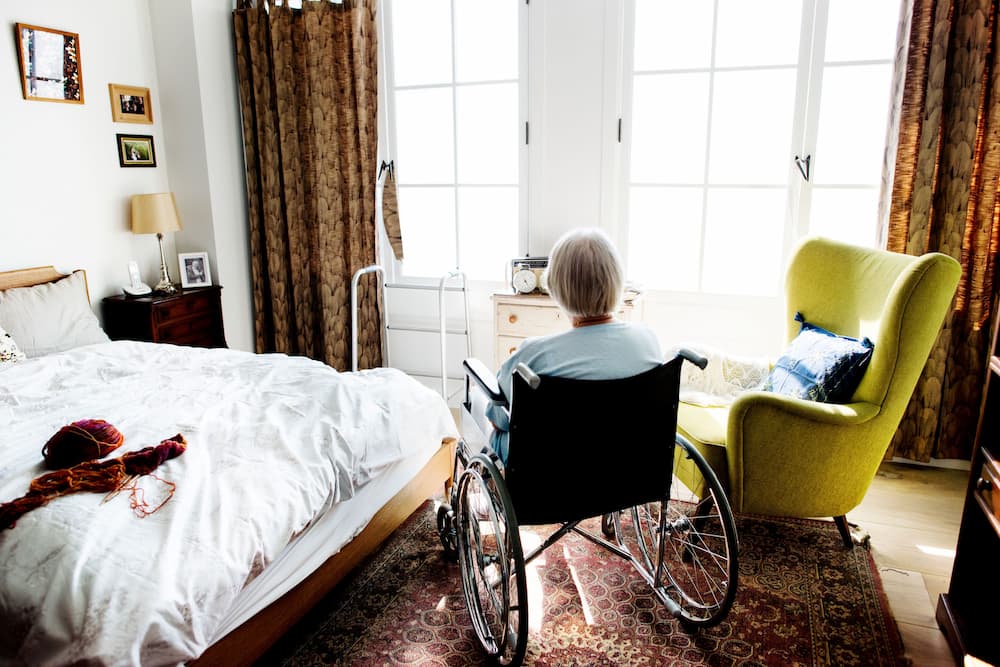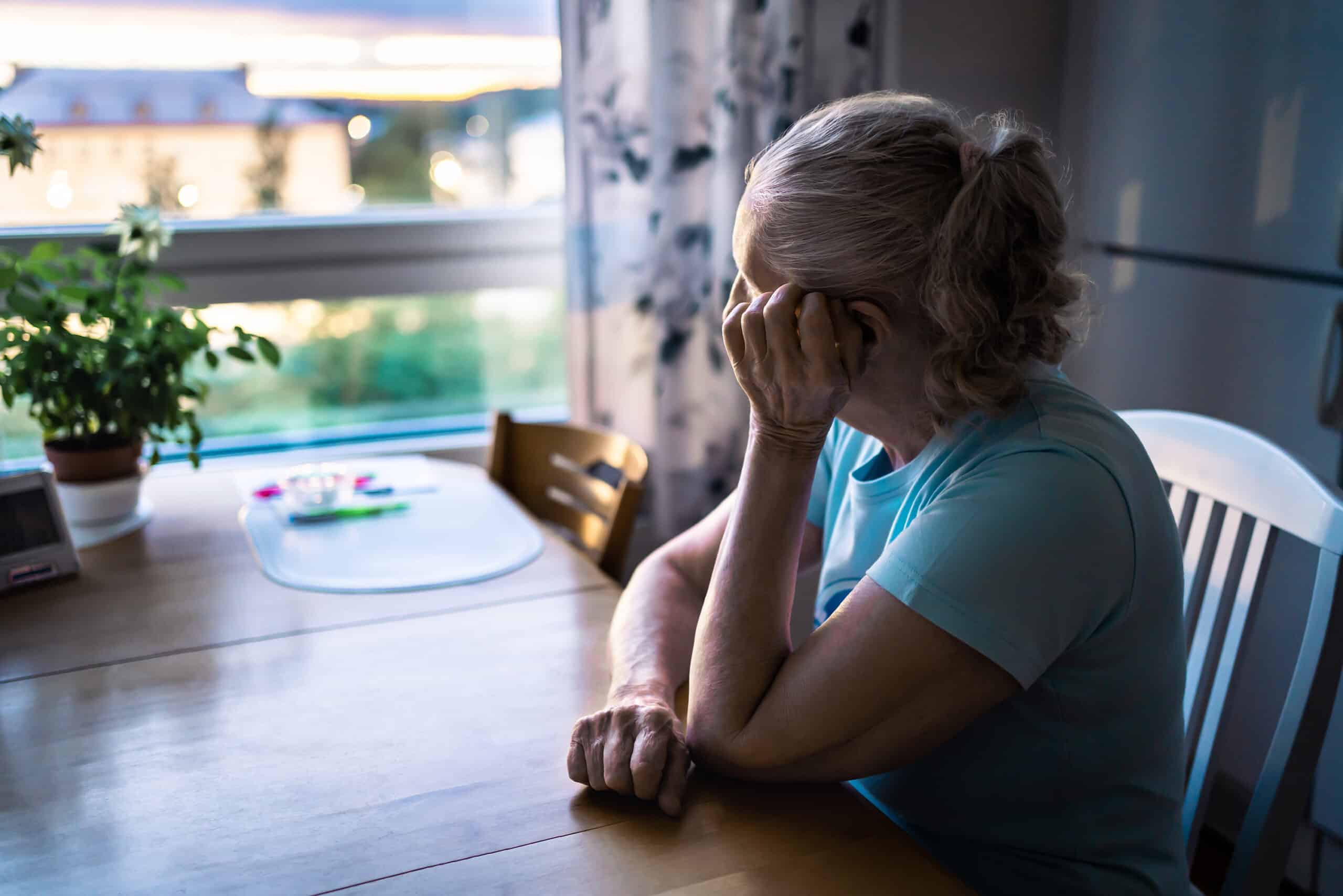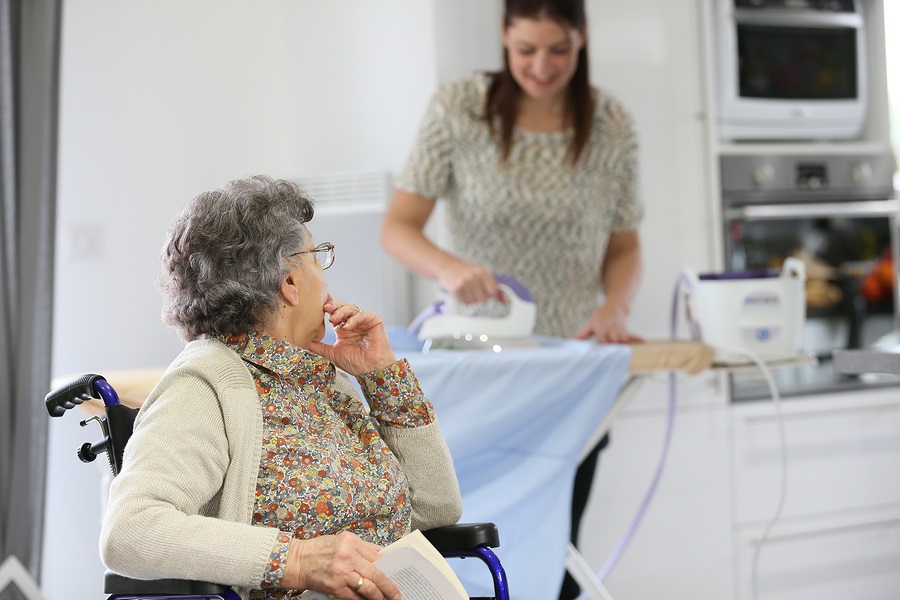In recent years, the integration of fall detection systems with telehealth services has emerged as a groundbreaking solution for enhancing elderly care. As the global population continues to age, there is a growing need for effective strategies to ensure the safety and well-being of older adults. The combination of these technologies offers a promising avenue to address this challenge, making it an essential topic of discussion for family caregivers, healthcare professionals, and technology enthusiasts alike.

The Rising Importance of Fall Detection
Falls are a leading cause of injury among older adults, often resulting in serious consequences such as fractures, hospitalizations, and even death. According to the World Health Organization, approximately 30% of people aged 65 and older experience a fall each year. This alarming statistic underscores the need for effective fall prevention measures.
What is Fall Detection?
Fall detection involves the use of technologies to automatically identify when a person has fallen and alert emergency services or caregivers. These systems typically use sensors, such as accelerometers and gyroscopes, to detect sudden changes in movement that indicate a fall has occurred.
Telehealth: Revolutionizing Elderly Care
Telehealth refers to the use of digital information and communication technologies to access healthcare services remotely. It has gained significant popularity in recent years, especially during the COVID-19 pandemic, as it allows patients to receive medical consultations and monitoring from the comfort of their homes.
The Benefits of Telehealth
Telehealth offers numerous benefits for both patients and healthcare providers. For patients, it provides greater convenience and accessibility to healthcare services, reducing the need for travel and waiting times. For healthcare providers, it enables more efficient use of resources and the ability to reach a wider patient population.
Integrating Fall Detection with Telehealth
The integration of fall detection systems with telehealth services holds immense potential for improving the quality of care for older adults. By combining these technologies, it becomes possible to provide real-time monitoring and immediate response to fall incidents, enhancing patient safety and reducing the risk of complications.
How Does It Work?
When a fall is detected by the system, an alert is automatically sent to the telehealth platform, which notifies the appropriate healthcare providers or family members. This immediate response can be crucial in preventing further injury and ensuring timely medical intervention.
Technological Advances in Fall Detection
Recent advancements in technology have significantly improved the accuracy and reliability of fall detection systems. Innovations such as machine learning algorithms, wearable devices, and smart home sensors have enhanced the ability to detect falls with greater precision.
Wearable Devices
Wearable devices, such as smartwatches and fitness trackers, are equipped with sensors that can detect sudden movements and alert caregivers in the event of a fall. These devices are becoming increasingly popular due to their portability and ease of use.
Smart Home Sensors
Smart home sensors, integrated with the Internet of Things (IoT), are another promising solution for fall detection. These sensors can monitor movement patterns within the home and detect anomalies that may indicate a fall. For more information, you can visit Smart Elderly Care Solutions.
The Future of Elderly Care with Technology
The integration of fall detection systems with telehealth is just one example of how technology is transforming elderly care. As these technologies continue to evolve, we can expect to see even more innovative solutions that enhance the quality of life for older adults.
Challenges and Considerations
Despite the promising potential of these technologies, there are several challenges and considerations to keep in mind. Privacy concerns, data security, and the need for reliable internet connectivity are some of the key issues that need to be addressed to ensure the successful implementation of these systems.
Conclusion
In conclusion, the integration of fall detection systems with telehealth represents a significant advancement in the field of elderly care. By leveraging the power of technology, we can create safer environments for older adults and provide them with the support they need to maintain their independence and well-being. For further reading on fall prevention, you can refer to this Fall Prevention Brochure.

FAQs
What is the primary benefit of integrating fall detection with telehealth?
The primary benefit is the ability to provide real-time monitoring and immediate response to fall incidents, which enhances patient safety and reduces the risk of complications.
How do wearable devices help in fall detection?
Wearable devices, such as smartwatches and fitness trackers, are equipped with sensors that can detect sudden movements and alert caregivers in the event of a fall.
What are some challenges in implementing fall detection and telehealth systems?
Some challenges include privacy concerns, data security, and the need for reliable internet connectivity to ensure the successful implementation of these systems.
This article contains affiliate links. We may earn a commission at no extra cost to you.






